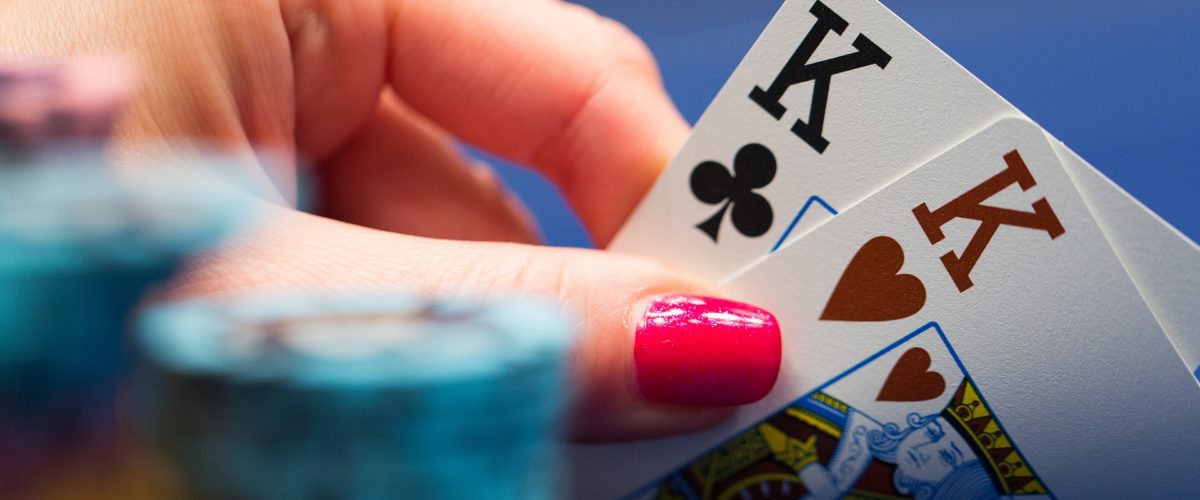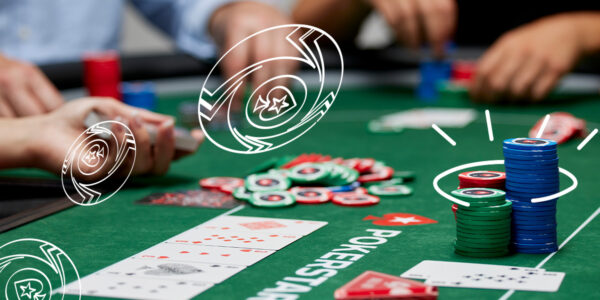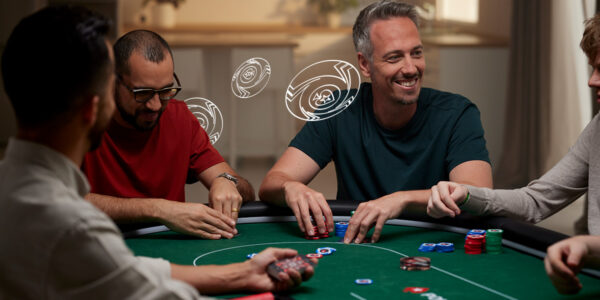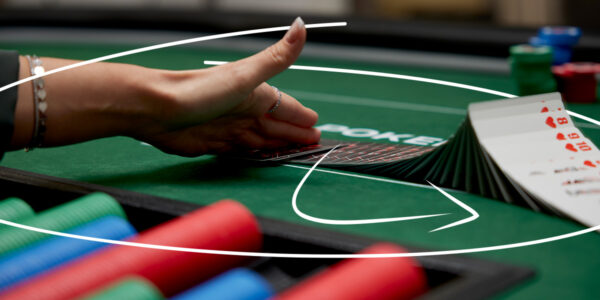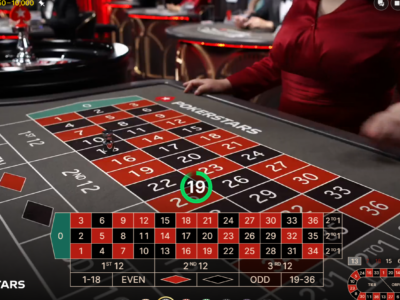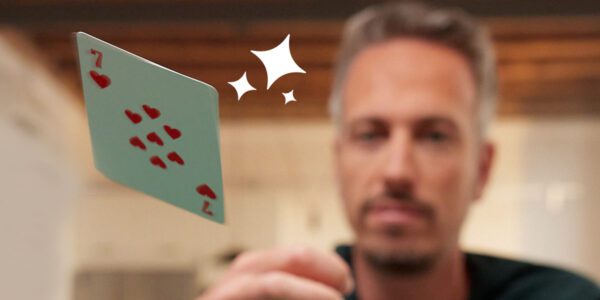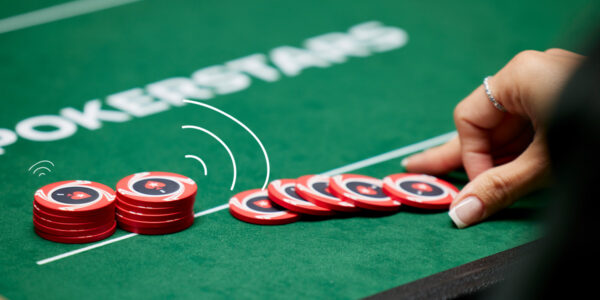How to Play Pocket Kings When an Ace hits the Flop
Pocket Kings is the second best poker hand you can be dealt in Texas Hold’em poker, behind only pocket Aces. A pair of Kings is guaranteed to make every poker player’s eyes light up, and your goal should be to get as many chips into the pot pre-flop as possible. In almost all circumstances getting all-in pre-flop with pocket Kings should be your intention – of course, sometimes an opponent will show up with A-A but they are just as likely to hold hands that you dominate, such as J-J, Q-Q and A-K.
Playing Kings pre-flop is very straightforward but problems can emerge when you see a flop, especially if it has an Ace on it. It’s only natural to feel disappointed – after all, it’s not often you get dealt such a great hand – but it’s important that you maintain your composure and continue to make good decisions with a clear head. If you’re playing live poker that means not giving away your poker face, or if you’re playing online poker on PokerStars ensuring that you don’t start to go on tilt.
The right approach to take is to proceed with caution. Instead of assuming that you will win a huge pot, your expectation now should be to control the size of the pot to either win a smaller one or reduce your losses if your opponent/s have hit an Ace. So how do we do this? Our actions should differ according to a number of variables with the most important being the number of opponents in the hand and your position.
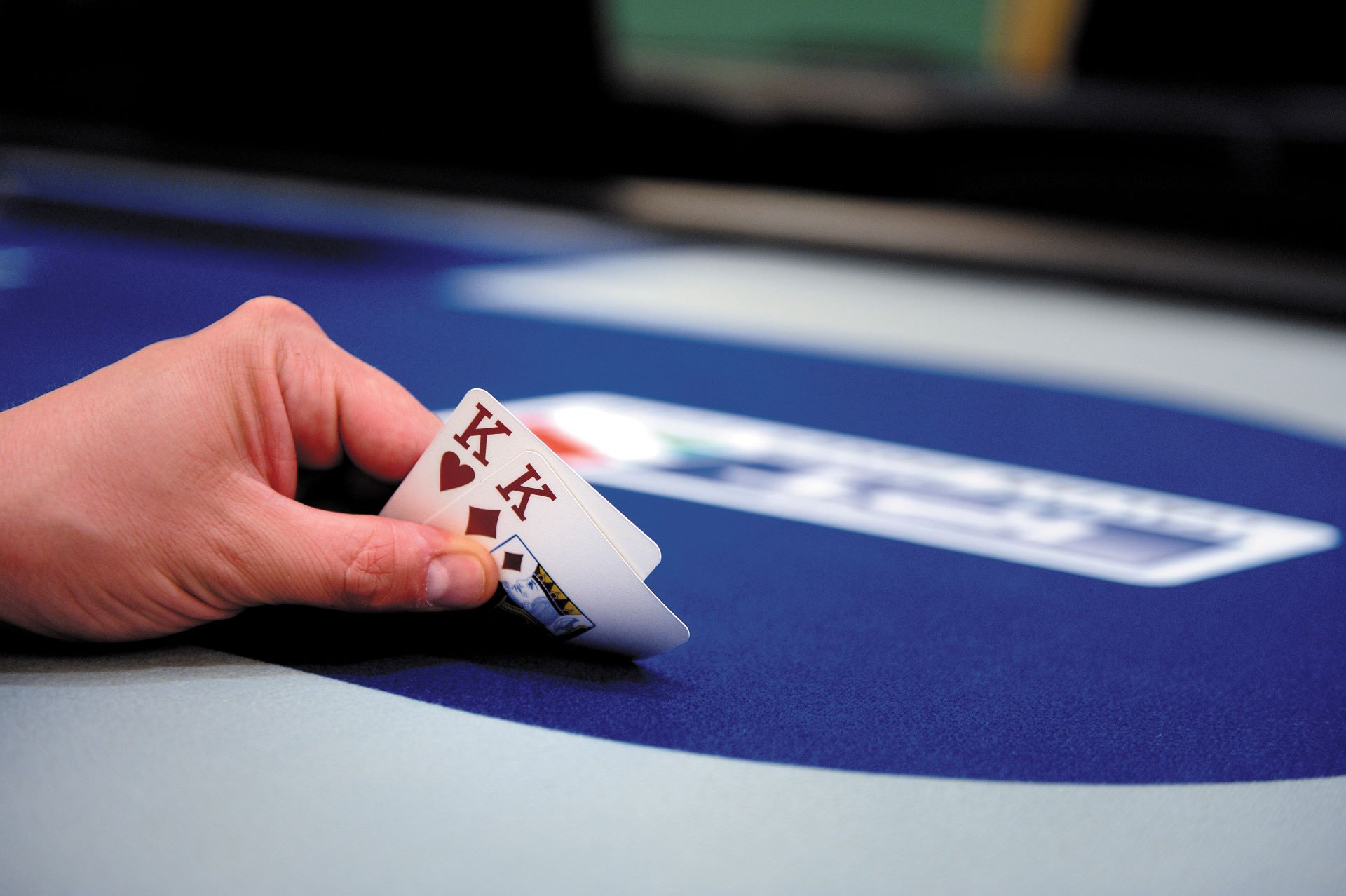
The more players that are in the hand the more likely it is that one of them will have an Ace. So if you go to the flop 3 or 4-handed it’s fair to assume your Kings are dead. In this instance, aim to check the hand down to the river (hoping your opponents miss) and, in general, don’t put any more money into the pot as you won’t get it back! Luckily for us, most of the time when we have pocket Kings we will be heads-up on the flop. This is because we will play the Kings aggressively pre-flop by putting in a re-raise where possible, almost certainly forcing the majority of players to fold. When you are heads-up you have many more options and a much more positive outlook.
The next thing to think about is your position. Let’s say the flop is Ac-4s-Th and you are first to act. Generally, it will be better to continuation bet as usual. You have the initiative from the pre-flop action, your opponent could feasibly call you with a worse hand such as a pair of Tens and, crucially, by betting you take away the ability of an opponent to bluff you. If you were instead to check you are announcing to the table that you have a marginal hand that didn’t hit that flop. Against aggressive opponents they will use this information to fire away and make you fold (even when they have nothing!). By betting, you will either take the pot down there and then – a good result – or get called and see a turn. If this occurs it’s now time to go into pot control mode and hope that it gets checked down. If you face any action, throw those Kings away.
When you are the last to act your decisions are easier. Remember our general poker strategy of looking to control the size of the pot when an Ace flops down. This is because as soon as the pot starts getting big the chances of Kings being the best hand will go down significantly – by acting last, we have the ability to check behind on the flop and stop the pot size getting out of control. If the turn is also checked to us, it now seems unlikely our opponent has an Ace (surely they would have bet for value) so we can confidently bet ourselves. There are two good things that happen by doing this; we charge draws to get lucky against us and we can also be called by middle pairs that we are beating.
The most important thing to remember when you have pocket Kings and an Ace flops is to change your mindset. Unfortunately, the exciting prospect of winning a huge pot has now gone. Instead, focus on winning a small one and avoiding losing a big one.
View Other Blogs




